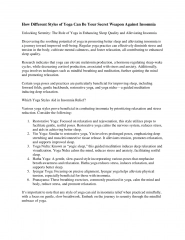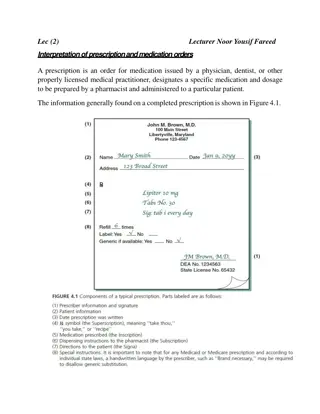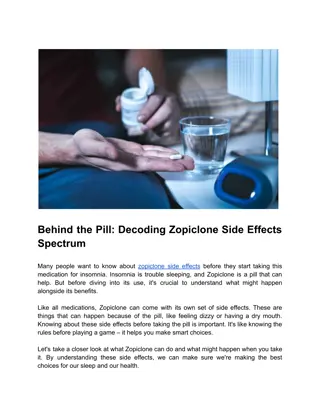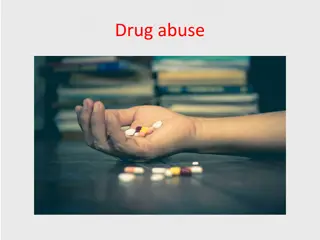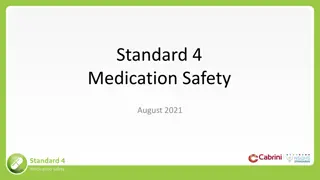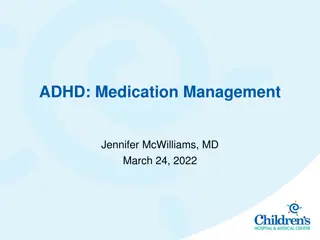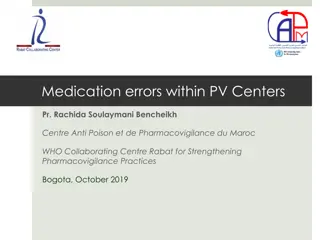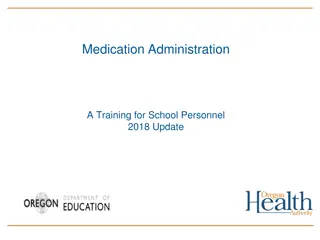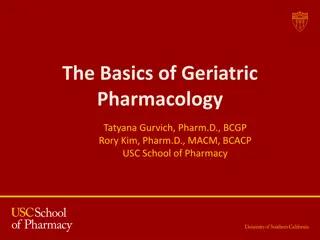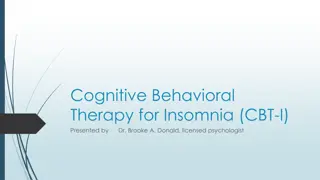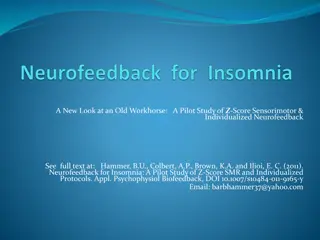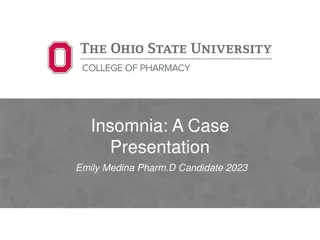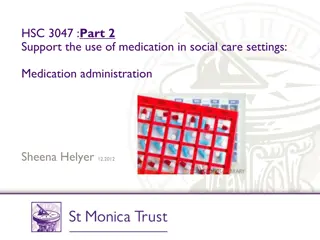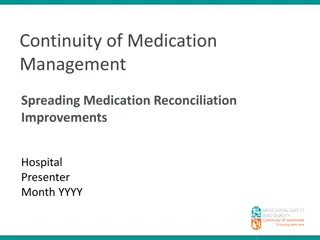Insomnia: Causes, Management, and Medication
Insomnia can impact daily functioning and quality of life. Explore the causes, management strategies, and medication options for short-term and chronic insomnia. Learn about conditions that can contribute to insomnia in children and the importance of addressing underlying factors. Discover how medications like diphenhydramine can aid in promoting better sleep.
Download Presentation

Please find below an Image/Link to download the presentation.
The content on the website is provided AS IS for your information and personal use only. It may not be sold, licensed, or shared on other websites without obtaining consent from the author.If you encounter any issues during the download, it is possible that the publisher has removed the file from their server.
You are allowed to download the files provided on this website for personal or commercial use, subject to the condition that they are used lawfully. All files are the property of their respective owners.
The content on the website is provided AS IS for your information and personal use only. It may not be sold, licensed, or shared on other websites without obtaining consent from the author.
E N D
Presentation Transcript
Lecturer: Ola Ali Nassr MSc Clinical Pharmacy Strathclyde University 12 Nov 2015 E-mail: ola.nassr@uomustansiriyah.edu.iq
Insomnia Insomnia can be defined as difficulty initiating or maintaining sleep or early- morning awakening that leads to dissatisfaction with sleep quantity or quality. This leads to impairment in, for example, social and behavioural functioning, as well as causing significant distress. The pharmacist can manage most patients with short-term insomnia; however, cases of chronic insomnia are best referred to the doctor, as there is usually an underlying cause. Insomnia is classified by its duration or likely duration: short term (between 1 and 4 weeks) and long term (>4 weeks).
Aetiology Sleep is essential to allow the body to repair and restore brain and body tissues. The mechanisms controlling sleep are complex and not yet fully understood but reflect disturbances of arousal and/or sleep-promoting systems in the brain. Insomnia may be caused by any factor that increases activity in arousal systems or decreases activity in sleep systems
Conditions to eliminate Insomnia in children Bedwetting is the most common sleep arousal disorder in children. If this is not the cause, then insomnia invariably stems from a behavioural problem, such as fear of the dark, insecurity or nightmares Medicine-induced insomnia Medication can cause insomnia (Table 5.7). The stimulant effects of caffeine (in chocolate, tea, coffee and cola drinks) should not be underestimated. Drinking four or more cups of coffee can cause insomnia in the average healthy adult. It is therefore advisable to instruct patients to avoid caffeine containing products 6 hours before bedtime. Abruptly stopping some medications can also lead to insomnia. This is particularly seen with the long-term use of sedative drugs, such as benzodiazepines and tricyclic antidepressants.
Medication Diphenhydramine A number of studies support the clinical effectiveness of DPH as a sleep aid. At doses of 50 mg, DPH has been shown to be consistently superior to placebo in inducing sleep and as effective as 60 mg of sodium pentobarbital and 15 mg of temazepam. Doses higher than 50 mg of DPH do not produce statistically superior clinical effect, and nighttime doses should therefore not exceed this amount. It appears to be most effective at shortening sleep onset time. Promethazine Promethazine is widely accepted to cause sedation when used for its licensed indications; however, few trials have investigated its use as a hypnotic. Summary Of the two sedating antihistamines, DPH has the stronger evidence base to substantiate its use as a hypnotic. It therefore seems prudent to use this as the treatment of choice. However, antihistamines are less effective than gammaaminobutyric acid A (GABAA) receptor hypnotics (e.g., the z drugs available on prescription).
Complementary therapies These products are used by a substantial number of patients as a self-care measure. Herbal remedies containing hops, German chamomile, skullcap, wild lettuce, lavender, passiflora and valerian are available. However, there is little evidence to support their use. Melatonin Melatonin is advocated for sleep disturbance, particularly associated with jet lag. A Cochrane review found melatonin to be effective in reducing jet lag. The timing of the dose is critical. It has to be taken at bedtime after darkness has fallen on the first day of travel, then again in the same way on the second, and any subsequent day of travel. Once at the final destination, it should be taken for the following few days at the same time. Diphenhydramine Diphenhydramine is licensed only for adults and children older than 16 years. The dose is 50 mg taken 20 minutes before going to bed. Promethazine Proprietary brands of promethazine available to the public include Sominex (20 mg) and Phenergan (10 or 25 mg). Adults and children older than 16 years should take one tablet 1 hour before bedtime.


